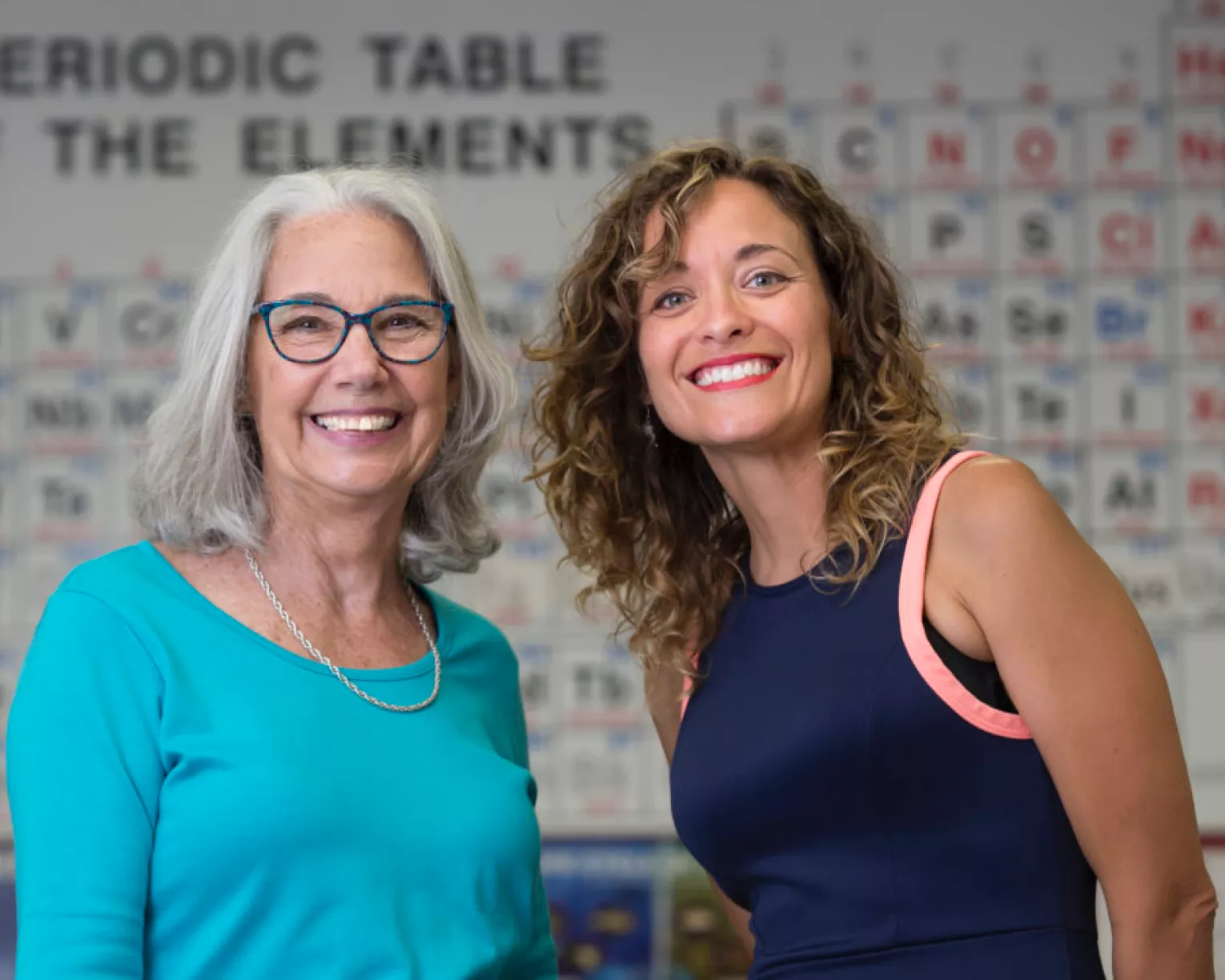How many times have you heard a student say, “I know I did that assignment, but I can’t find it”? As a middle school English and social studies teacher, I watch students struggle, year after year, with organization. Keeping track of their papers once they are handed back is a serious problem for the vast majority of middle schoolers. Helping students get organized by letting them use their Smartphone cameras is something I plan to do this coming year.
With Smartphone cameras, students can maintain archival evidence of their work simply by snapping a picture of the graded assignment and storing it in a designated album on their phones. A picture may not be worth a thousand points in this case, but it might come in handy if there is a discrepancy in the grade book.
So how do we teach kids this important record-keeping skill?
For starters, we can capitalize on our societal affinity for picture taking. Comedian Jim Gaffigan jokes that he has more photos of his children than his father ever looked at him. Maybe the selfie craze can work to students’ advantage academically. When they get an assignment back (or, for that matter, before they ever turn it in) they take a photo and store in a designated album. Such archival evidence takes up miniscule amounts of memory, yet might make all the difference if proof of completion is needed.
Encouraging students to photograph homework assignments at home can also reduce grades of zero for missing or forgotten work. Students could then prove that an assignment was at least partially completed, allowing the teacher to give partial credit.
This process is not meant to eliminate three ring binders, which are vital for storing works in progress and transporting unfinished work back and forth between school and home. However, it can serve as digital alternative to storing piles of processed papers.
In my classes, I let students take pictures of the digital whiteboard, too. If an assignment description or important PowerPoint slide has been up long enough and I am ready to move on, before doing so, I invite kids to snap a picture. This allows them to refer back to the slide at home if necessary.
Not every kid has a Smartphone. Crossing this hurdle may require some brainstorming. For example, students may be able to get a parent to snap and store pictures of important assignments. In this case, should a discrepancy arise, parents can email the photo to the teacher. Also, schools can invest in tablets - nearly all of which now have cameras - for students to share. A single tablet contains enough memory to archive images of all student work throughout the year.
Are you an affiliate?

